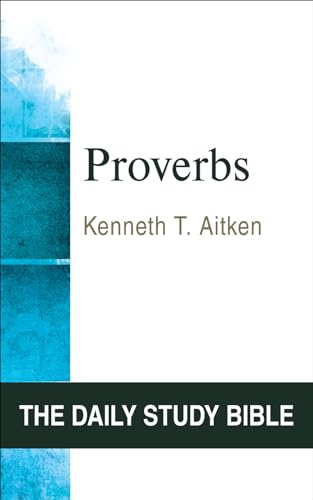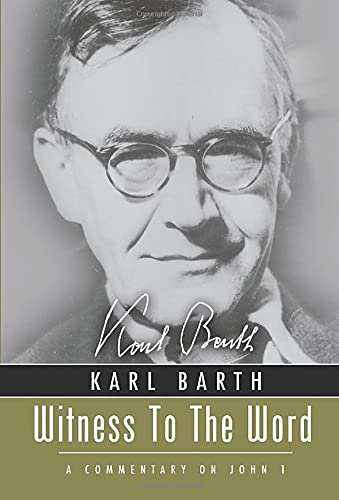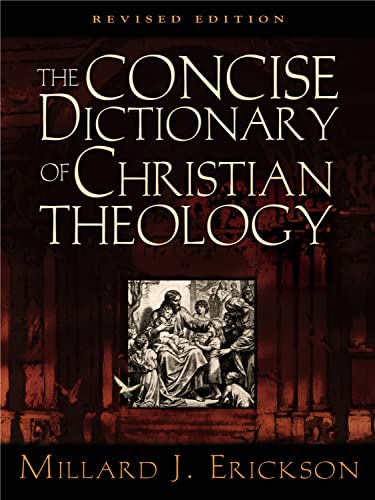Bible Translations: and how to choose between them
Written by Alan S. Duthie Reviewed By Tony NadenThere is a wealth of choice of versions lying before the reader of the Bible in English. Riches indeed!—but the very variety may be confusing in itself. Bible teachers, preachers and Christian leaders are often called upon to help decide on a version to be used as basic or standard for a particular church fellowship or study course, or to advise individual Christians on ‘Which is the best translation?’. Unfortunately the specialist knowledge that is called for in understanding the translation process and evaluating different versions is not part of our normal basic training. If you are consulted on this question with any frequency it would be good to do a bit of ‘homework’ reading. Fortunately a recently published book gives a very clear introduction to the whole topic: Alan Duthie’s Bible Translations.
Duthie approaches the question from a detailed understanding of linguistics and translation theory as well as biblical studies and a Christian faith that takes the Bible seriously. Every aspect of the translation process is considered, from the identity of the translators, the original languages and texts they translate from, and ‘how to translate accurately’, to the typographical presentation of the version and the criteria for assessing translations. The aspects of Bible translations which are discussed range from superficial (but to some readers oh how important!) features like the colour of the cover, to essential questions of meaningfulness, accuracy and readability.
The main discussion is of principles, with illustrative examples drawn from many of the specific English versions in a list of about 40 whole Bibles and 60 NTs. Each of these translations is cited in exemplification of both desirable and regrettable characteristics considered in the general discussion. In contrast, most of the other books about Bible translations tend to tackle the field version by version. This is true of histories of the English Bible such as Bruce (The English Bible, Lutterworth, 1961), which also tend to have much fuller discussion of the earlier history than of the 20th-century versions, though this imbalance is somewhat redressed in Bruce’s revised edition (The History of the Bible in English, 1979). It is also the case that general introductions often take a polemic line, citing one particular version or type of translation for all the castigated features, while illustrating the ‘proper’ way to translate from the author’s favoured version(s). This is the case with surveys such as that of Jack Lewis (The English Bible from KJV to NIV Grand Rapids: Baker, 1981). The features of individual versions are also very clearly laid out for comparison by S. Kibo and W. F. Specht in So Many Versions? (Zondervan, 1983 [2nd edn.])—another very useful work in this area … but expensive! The advantage of Duthie’s approach is that when further versions or major revisions appear in the future, users can apply the principles taught in the book for themselves to evaluate these new translations.
Paternoster have done an excellent job of producing the book with a nicely distinguished bold face, italic and small capitals used to give emphasis and to distinguish different types of version cited. There are very few typographical errors, none causing serious comprehension difficulties. I would thoroughly recommend this book for everyone concerned with the choice of Bible versions. I found the arrangement in a large number of very short chapters, presumably a reflection of the original publication of the material in 14 magazine articles in Harvester, rather unsettling for a cover-to-cover reader, but the way in which this presentation separates out sub-topics may well make the book more convenient to use as a reference work. Each little chapter has a cluster of footnotes: these are, to my mind, overused. Neither honesty nor humility requires that every point one makes be referred to another writer’s comparable coverage, nor that every example be attributed to some author who may have used the same Bible verse to illustrate the point in question. It would be enough to footnote substantive discussion of side-issues or references for verbatim quotes from other works. Otherwise the detailed research to which the footnotes bear witness could have been more appropriately shared by giving a list of references as part of the handy summaries (‘the argument so far’) which occur regularly throughout the book.
If for a particular purpose one has to decide on one version, or a short-list of two or three, it would be useful to be able to read in greater detail about the particular characteristics of the translations in question (Lewis, and Kimo and Specht, do this, but cover so many versions that each has only a brief treatment). Most versions have a short introduction by the translators or sponsors at the front, but these are rarely detailed enough to be useful. It would appear that the niv, at least, should be so served by another recently published work, The Making of a Contemporary Translation (sub-title on the cover: the purpose and method of the New International Version). In fact in many ways the short title is more accurate than the fuller one: most of the principles which the book describes and advocates are common in all major modern translations, rather than being distinctive of the niv. This book is really a collection of discussions of some points in 20th-century Bible translation practice, with exemplification mainly from the niv. The work is, in fact, a collection of 14 separate papers, varying widely in approach from the rather diffuse generalities of Colin Linton on literary style (ch. 1) to the discussion of single translation problems like the rendering of she’ol (Richard Harris—ch. 5) and technical questions such as the textual criticism of the Hebrew (Earl Kalland—ch. 3) or Greek (Ralph Earle—ch. 4) texts. The topics may be roughly divided into three groups: those dealing with technical points in the ‘mechanics’ of preparing a translation; specific questions of exegesis which present themselves to the translator as ‘translation problems’; and more general discussions relevant to versions of Scripture in contemporary English.
The technical matters discussed start with textual questions. There are the chapters already mentioned by Kalland on the Hebrew text (‘How the Hebrew and Aramaic Old Testament Text was Established’) and Earle on the Greek (‘The Rationale for an Eclectic New Testament Text’); there is some overlapping between the former and Larry L. Walker’s ‘How the NIV Made Use of New Light on the Hebrew Text’ (ch. 8). Burton L. Goddard’s account of ‘The Footnoting System’ (ch. 2) also naturally mentions textual variants which are one of the major categories for footnotes. A technical question where versions may differ significantly and where a statement (and justification) of the principles followed in the niv would have been useful is that of the handling of the quotation of one biblical passage by another, but ‘Old Testament Quotations in the New Testament’ (Ronald F. Youngblood—ch. 10) only gives us a review of the number and importance of such quotations. Another interesting topic is how a translation bridges the gaps between current dialects of written English—particularly in this case, ‘Anglicising the [American-translated] niv’ (Donald J. Wiseman—ch. 13): this paper is a brief history of how they went about it, with a few examples of the sort of changes that needed to be made. We may doubt whether any different principles were applied in the same process for, for instance, the gnb: a subjective appraisal suggests that the British adaptation of the Good News was rather more thoroughly done.
The discussions on particular translation problems are of considerable interest to Bible scholars and translators, but are just a few randomly selected items. They may be of value to other Bible users as a help in understanding what is involved in making a translation when faced with some of these difficult terms, though not particularly relevant to the choice between versions. Besides she’ol (Harris) there are discussions of various points in Psalms 2 and 4 by Bruce L. Waltke (ch. 7), ‘Lord Almighty’ (/‘Sabaoth’/‘of Hosts’) by the volume’s editor Kenneth Barker (ch. 9), and ‘one and only son’ (/‘only-begotten’/‘beloved’) by Richard N. Longenecker (ch. 11). These last two papers concentrate on justifying the choice of a particular interpretation rather than on the way in which the preferred meaning should be rendered in English.
Of the general topics, Linton writes on the importance of literary style and says a translation should reflect the stylistic variations of the original. I would heartily agree, but am not convinced that this is widely put into practice in the niv—more revealing is Stek’s speaking of ‘the normal idiom and style of the niv’ (p. 98) and of using this same style for poetic as well as prose passages. Stek’s own paper, ‘When the Spirit was Poetic’ (ch. 6), talks about patterns of structure in some poetic passages. Herbert Wolf’s ‘When “Literal” is not Accurate’ (ch. 12) and Edwin Palmer’s ‘Is the kjv Good Enough?’ (ch. 14) are basically collections of texts where the nivrendering seems preferable to that of the kjv.
In general this is a well-produced book but, as often happens with these collections of uncoordinated papers, it is rather unsystematic. Good for specialists and libraries; less so, perhaps, for others. With its frequent avowals of the paramount importance and vital truthfulness of Scripture it might serve to allay some of the suspicions of ultra-conservative evangelicals against all post-1611 Bible translation work.
Tony Naden
Ghana Institute of Linguistics, Literacy and Bible Translation







